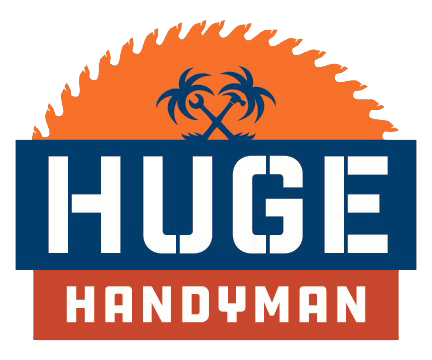Your Guide to Proper Drill Usage
So What Are All These Numbers Anyway?
If you’re stripping out a lot of screws, take 5 minutes to read this article. Believe it or not, there is a purpose for all those numbers and icons on your drill. I’m sure most of you are somewhat familiar with a clutch on a car. It engages or disengages the drivetrain (or the power of the car). That fancy drill you got that’s been sitting in your closet has a similar functionality. Instead of having to push a petal in to disengage the clutch, you can set the number that correlates to the power and will tell you when that power will cue off.
General rule of thumb - the lower the number the less torque is being used to make your drill spin. Depending on your material, using a high torque setting could drive your screw right through the thing you're trying to fasten. As an example, drywall is easy to drill too far in to. If you’re using the highest torque setting and don’t have great finesse with your screw, you could put it too deep which would compromise the drywall itself or at the very least, would weaken the fastening of that drywall. I’ve seen some amateurs almost put the screw through the other end then the slightest bump and that section of drywall gets pulled off the wall. No bueno. Most of you do not hang drywall so let me give you some practical applications.
Things to Use a Lower Setting On
Putting together IKEA furniture - they often use hex head bits and if you don’t want to spend forever with a screwdriver hand tightening everything, using a drill is the way to go. You have to finesse those otherwise they strip. Use the lower settings and you should be able to get those in no problem, then out again when you realize you put it together backwards.
Cabinet Door Screws - if you’re putting screws in anything that has a finished surface, using the low setting and working your way up is a good way to ensure you don’t sink the screw in too far and damage the surface.
Using a screw with a compromised head - common on door hinges. I feel like anytime anyone calls us to fix a door, it’s because the hinge is loose and the hinge screws are stripped. Using a high torque setting to get that screw out will only damage it further. Use the low setting and you have a better change of grabbing whatever edge is left and at least getting enough lip of the screw to use plyers to get the screw out.
Why Use the Middle Settings?
Deck or fence boards - just because it’s wood doesn’t automatically mean you send it with the highest drill setting. Try using the middle settings to sink the screw similar to the drywall picture above where the screw is just past the surface of the wood
Taking out old screws - if a screw isn’t stripped but is old, the low settings might be too little power to do anything and the higher settings will strip it right away. Try a middle setting and knock that puppy loose.
The Highest Settings on a Drill
These are usually designated with a drill bit icon. This means your drill will just go and won’t turn off its power. Here’s some things you can use that setting for.
Using a drill bit to make a hole
Using a hole saw
Not caring about anything and just sending it as fast as you can
Low Impact Usages With The High Setting
DRILLING THROUGH METAL! This is a common rookie mistake. You want to get through the metal so you need that drill bit to turn as fast as possible right? WRONG! If you pull the trigger only 1/2 way you can moderate the speed it’s turning. This is crucial for drilling through metal without ruining your drill bit. Take it slow and be patient. Apply a little pressure (I said a little) to what you’re drilling through and take your time. You’ll begin to dig out the hole and your drill bit will live to see another hole to drill.
The Key Is Finesse
If you’re a drill amateur, take your time and mess around with your drill. Next time you need to screw something in, use the different settings to get the hang of it and you’ll be ahead on 99% of the human population. You’ll also look cool doing it.




